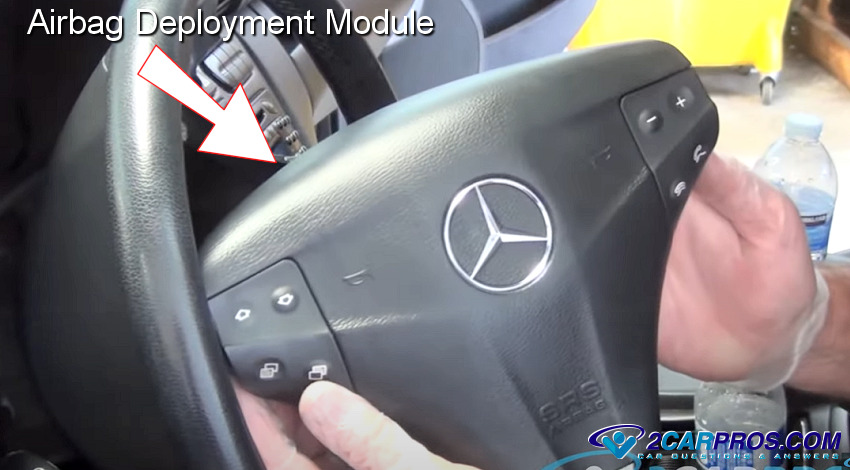So I went to the BMW dealer to have it done.
The car was running smooth and good all around when I drop it off.
After work has been done while driving home noticed a big vibration in the steering wheel when the brakes are applied.
Also while driving on freeway at 70 -75 MPH a slight vibration occur without to press the brake.
The dealer told me that my aftermarket disc brakes and pads cause this.
Mention that I had those installed for two years now and never had an issue with the braking system.
My question is what cause this vibration to occur after the 4 wheel alignment has been done?
SPONSORED LINKS
Tuesday, June 18th, 2013 AT 7:42 PM



